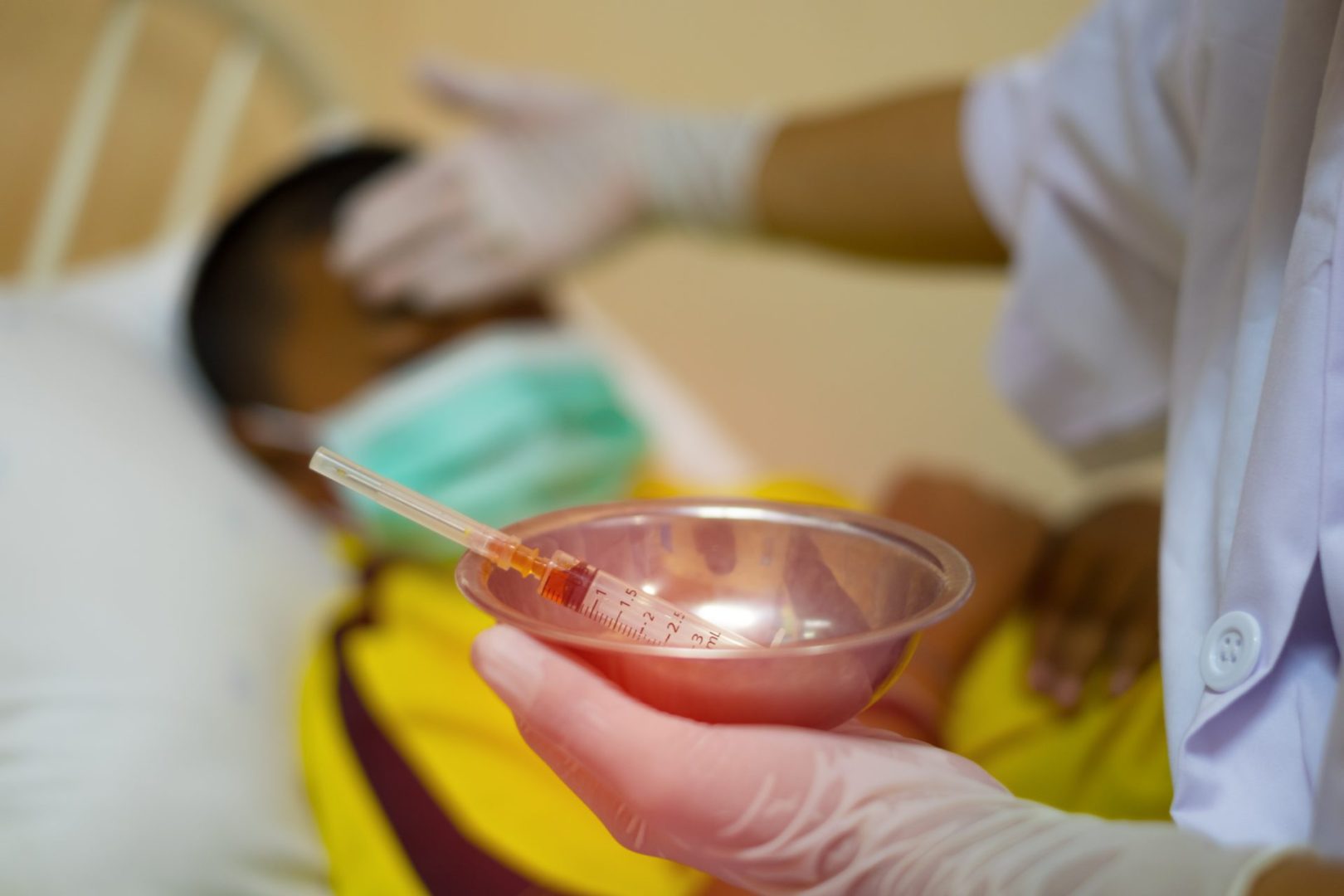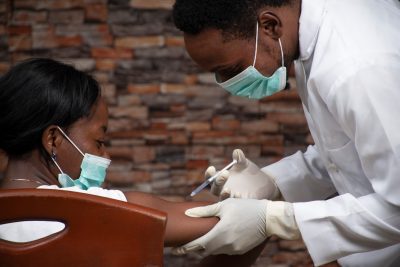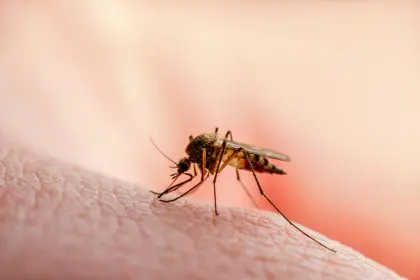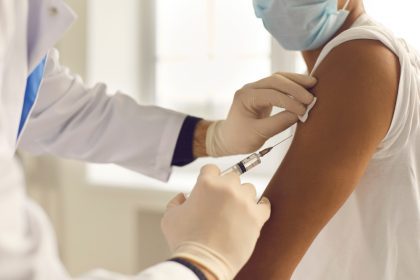As travelers finalize plans for tropical getaways, health officials are tracking a concerning rise in dengue fever cases across destinations favored by American tourists. The Centers for Disease Control and Prevention has issued a travel advisory highlighting a 15 percent increase in dengue cases throughout the Americas compared to the five-year average, with over 760,000 reported infections since January.
Puerto Rico and the U.S. Virgin Islands—both frequent destinations for spring breakers and vacation travelers—are experiencing particularly significant outbreaks. Puerto Rico has documented 936 cases in 2025, representing a dramatic 113 percent increase compared to the same period last year. The U.S. Virgin Islands has reported 30 cases, prompting both territories to maintain public health emergency declarations first established last March.
The continental United States has not escaped the trend, with Florida reporting 45 cases, California documenting 10 cases, and New York identifying 6 cases. Health experts note that increased travel during vacation seasons naturally amplifies transmission risks as more Americans visit affected regions and potentially return carrying the virus.
How dengue affects the body and why it can turn serious
Dengue fever, transmitted by infected mosquitoes, ranks among the most prevalent mosquito-borne illnesses worldwide, with millions of cases reported annually across tropical and subtropical regions. The Americas alone recorded 13 million cases and 8,200 deaths in 2024, underscoring the potential severity of this disease.
Most people infected with dengue will develop symptoms within two weeks after a mosquito bite, though only about one in four infected individuals will actually show signs of illness. When symptoms do appear, they typically persist for two to seven days and include:
High fever that can spike to 104°F or higher, intense headache (particularly with pain behind the eyes), severe muscle and joint discomfort (sometimes described as “breakbone fever”), widespread skin rash that appears as the fever subsides, and nausea and vomiting that may interfere with hydration.
While many people recover without complications, approximately one in 20 infected individuals progress to severe dengue—a potentially life-threatening condition. Certain populations face heightened risks, including infants, pregnant women, older adults, and people with compromised immune systems.
What makes dengue particularly tricky is the existence of four distinct virus types or serotypes. Previous infection with one type does not provide immunity against the others. In fact, subsequent infections with different serotypes can actually increase the risk of developing severe complications—a phenomenon that puzzles many travelers who may have experienced mild dengue previously.
The warning signs that require immediate medical attention
Recognizing when dengue has progressed to a dangerous stage can save lives. Health officials advise seeking emergency care immediately if any of these severe symptoms develop:
Intense abdominal pain or tenderness that persists or worsens, repeated vomiting (three or more episodes within 24 hours), bleeding from the nose or gums without injury, presence of blood in vomit or stool, and extreme fatigue, restlessness, or confusion.
Medical experts classify dengue as a hemorrhagic fever because severe cases can interfere with blood clotting mechanisms. This disruption can lead to internal bleeding, dangerously low blood pressure, organ failure, and potentially death if not treated promptly.
The most dangerous period often occurs as the fever begins to subside—usually 24 to 48 hours after temperature normalizes. Many patients mistakenly believe they’re recovering when they’re actually entering the critical phase where vigilance becomes essential.
What travelers should do if they suspect infection
For travelers who develop symptoms consistent with dengue fever, health officials recommend a specific approach to care:
Rest as much as possible to support the immune system’s response. Take acetaminophen (Tylenol) to manage fever and discomfort. Avoid aspirin, ibuprofen, and other nonsteroidal anti-inflammatory drugs, which can increase bleeding risks. Focus on maintaining hydration with water and fluids containing electrolytes. And most importantly, seek medical evaluation, especially when traveling abroad.
Healthcare providers typically diagnose dengue based on a combination of symptoms, travel history, and laboratory tests. While no specific antiviral treatment exists for dengue, appropriate supportive care significantly improves outcomes, particularly for severe cases.
Travelers should understand that symptoms might not appear until after returning home, making it crucial to inform healthcare providers about recent travel history when seeking medical care for fever or other symptoms.
Five essential prevention strategies that actually work
Since no widely available vaccine exists for most travelers, prevention focuses entirely on avoiding mosquito bites. Health officials recommend these five practical strategies for travelers visiting affected regions:
Apply EPA-registered insect repellents containing DEET, picaridin, oil of lemon eucalyptus, or IR3535 to exposed skin, following product instructions carefully and reapplying as directed.
Wear loose-fitting, light-colored clothing that covers arms and legs, especially during early morning and late afternoon hours when dengue-spreading mosquitoes are most active.
Treat clothing and gear with permethrin before traveling, or purchase pre-treated items designed to repel insects through multiple washings.
Sleep in accommodations with air conditioning and screened windows when possible, or use bed nets when these features aren’t available.
Eliminate standing water around lodging areas, as even small amounts can become mosquito breeding grounds.
The CDC also highlights the importance of maintaining these precautions for at least three weeks after returning home. This extended vigilance prevents potentially infected travelers from becoming sources of local transmission if bitten by mosquitoes in their home communities.
How this outbreak compares to previous years
The current surge in dengue cases reflects broader patterns influenced by climate change, increased global travel, and urban development in tropical regions. Rising global temperatures have expanded the range of mosquito species capable of transmitting dengue, while bringing longer transmission seasons to affected areas.
Public health records indicate that major dengue outbreaks tend to follow cyclical patterns, with cases typically peaking every few years. However, the intensity of recent outbreaks has raised concerns among health authorities monitoring these trends.
Prior to the pandemic, 2019 marked a record year for dengue in the Americas with over 3.1 million cases. While current numbers haven’t reached those levels, the rapid increase early in 2025 suggests this year could potentially approach similar figures if trends continue.
Practical advice for those with upcoming travel plans
Health officials emphasize that their advisory aims to inform travelers rather than discourage travel entirely. With proper precautions, most visitors to affected regions can enjoy their trips while minimizing infection risks.
Beyond the standard mosquito prevention measures, travelers headed to dengue-affected regions should:
Research the specific dengue situation at their destination before departure. Pack appropriate protective clothing and sufficient repellent for the entire trip. Select accommodations with screened windows or air conditioning when possible. Consider purchasing travel health insurance that covers medical evacuation. Know the location of reliable medical facilities at their destination.
For most travelers, the benefits of international experiences outweigh the manageable risks of dengue fever when appropriate precautions are taken. By staying informed and prepared, travelers can make the most of tropical destinations while protecting their health during this period of increased dengue activity.
As one infectious disease specialist notes, the goal isn’t to frighten people away from travel but rather to ensure they travel with awareness and take simple steps that significantly reduce their chances of bringing home an unwanted souvenir in the form of this increasingly common tropical illness.














